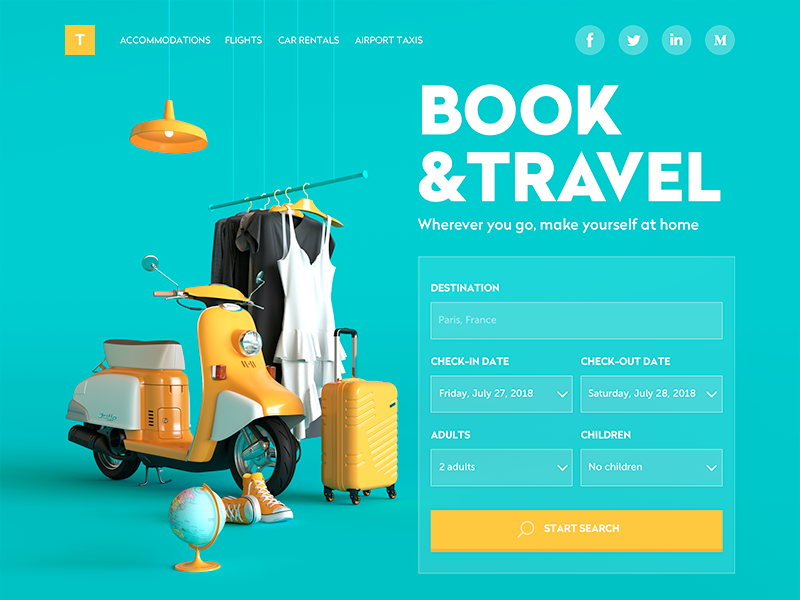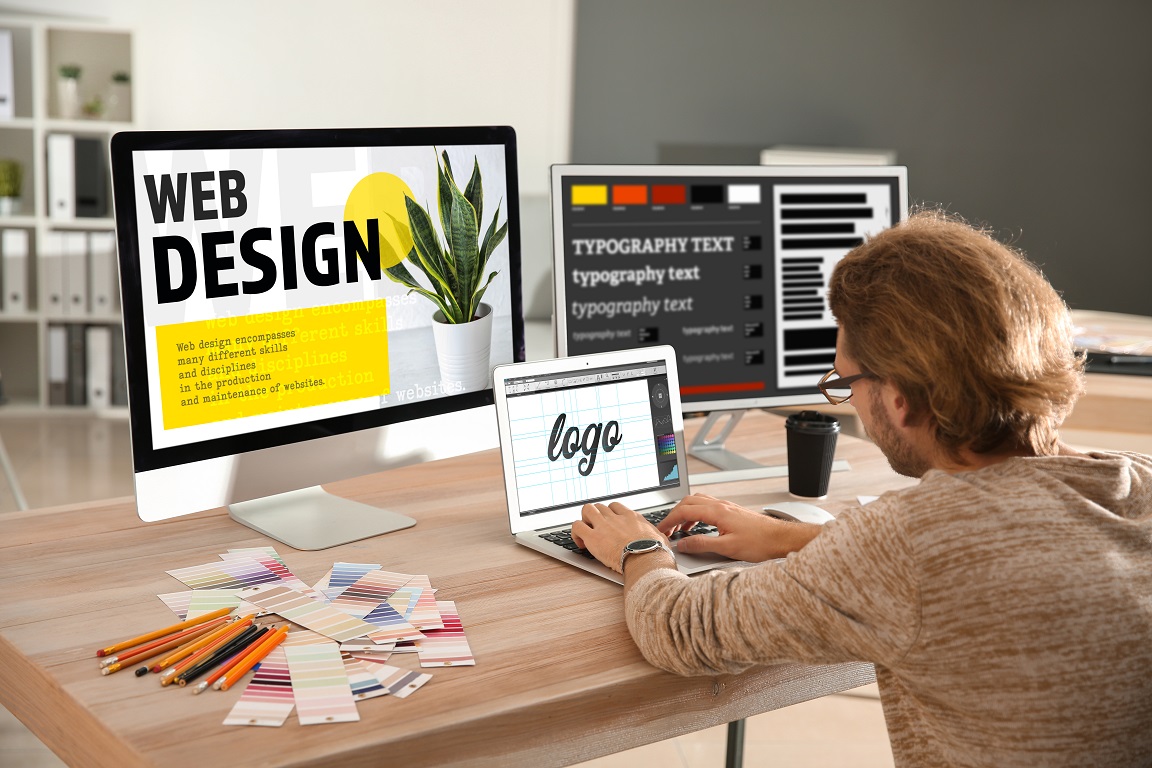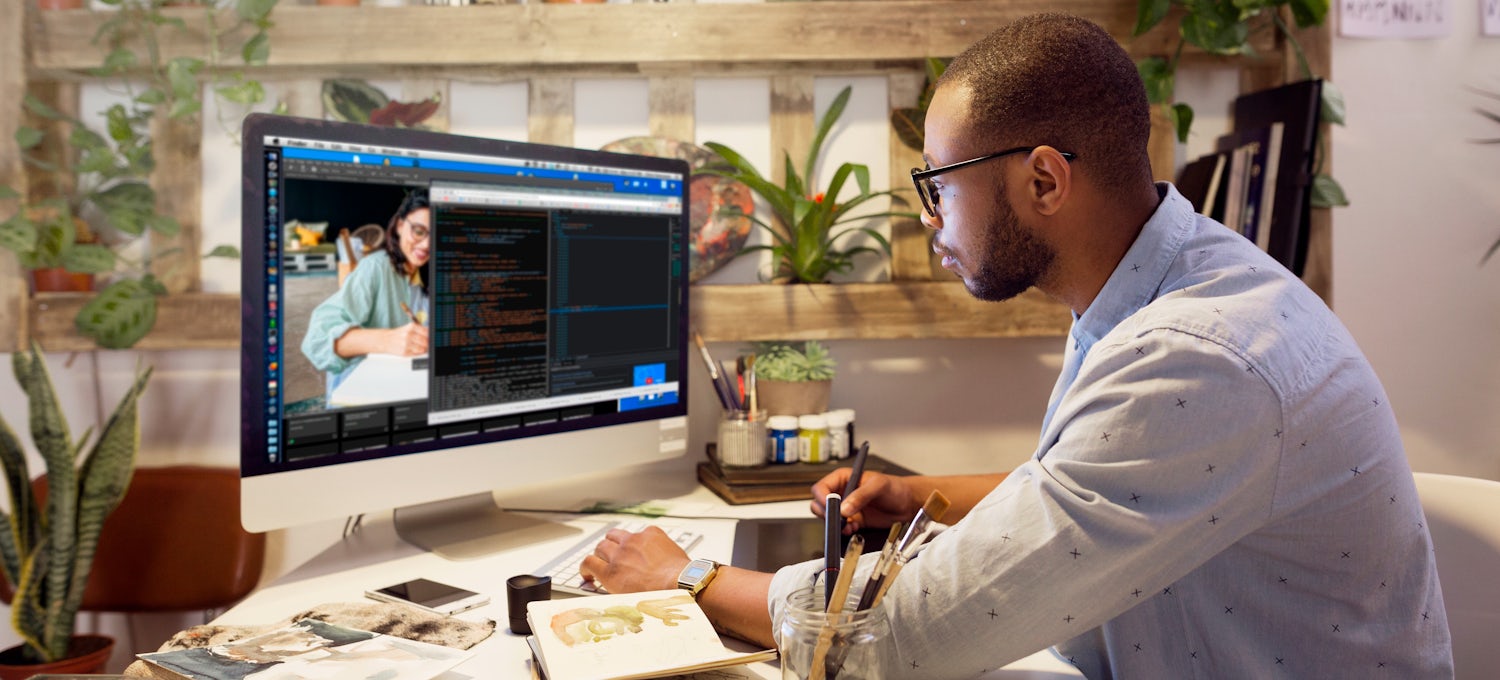Aligned Position Web Design: Creating Custom Websites That Drive Traffic and Increase Conversions
Aligned Position Web Design: Creating Custom Websites That Drive Traffic and Increase Conversions
Blog Article
The Most Effective Sorts Of Web Design to Boost Individual Experience and Involvement
In the ever-evolving landscape of digital interaction, the performance of Web design substantially affects customer experience and involvement. Different style approaches, such as minimal, receptive, and interactive formats, each offer one-of-a-kind benefits that can provide to diverse individual needs.
Minimalist Web Design
As digital landscapes come to be significantly chaotic, minimalist website design has actually arised as a powerful approach to enhancing user experience. This design viewpoint prioritizes simplicity, concentrating on crucial components while removing unneeded disturbances. By using ample white area, straightforward navigation, and a restricted color palette, minimal layout fosters clarity and guides individual interest to key web content.
The core concept of minimal website design is to create a smooth communication for users. By decreasing cognitive load, customers can quickly grasp details without really feeling overwhelmed. This straight method not only boosts functionality but additionally motivates interaction, as visitors are most likely to explore a site that is aesthetically attractive and easy to navigate.
Additionally, minimal style usually stresses typography and imagery, making use of these aspects tactically to convey messages properly. This concentrate on important parts can improve brand name identity and develop a remarkable user experience. Basically, minimalist Web layout is not simply a pattern; it is a thoughtful approach that identifies the significance of user-centered layout. By removing nonessential aspects, designers can develop a more appealing, reliable, and satisfying Web experience for all users.
Receptive Web Style
In today's varied digital environment, receptive website design has come to be necessary for creating a smooth user experience throughout a plethora of gadgets. As customers access web sites on smartphones, laptop computers, desktops, and tablet computers, the ability of a site to adjust its format and web content to various display sizes and resolutions is essential.
Receptive Web design utilizes adaptable grids, photos, and CSS media inquiries to make certain that Web content is presented optimally, no matter the tool made use of. This technique not only enhances the aesthetic allure of an internet site yet likewise substantially enhances use. Users are most likely to involve with a website that offers a consistent experience, as it removes the stress of needing to zoom in or scroll exceedingly.
By embracing receptive design, services can improve their exposure and get to a broader target market. In recap, responsive Web style is a basic technique that improves individual experience, interaction, and overall satisfaction.
Interactive Web Design
Responsive Web layout prepares for improving customer experience, but interactive website design takes this a step additionally by involving customers in a more dynamic method - Aligned Position Web Design. By including components such as animations, clickable prototypes, and real-time comments, interactive website design captivates users, drawing them into a richer browsing experience
This technique not just cultivates involvement yet also encourages users to check out content actively as opposed to passively eating it. Methods such as gamification, where customers gain rewards for completing tasks, can substantially boost the moment invested in a website and improve overall fulfillment. In addition, interactive features can simplify complex information, making it much more enjoyable and digestible.

Integrating interactive layout elements can likewise bring about greater conversion rates, as individuals are more most likely to involve with a site that actively includes them. Aligned Position Web Design. Inevitably, interactive Web style changes user experiences into remarkable trips, making sure that site visitors return time and again
Flat Style
Defined by its minimalistic strategy, level design emphasizes simplicity and performance, removing unneeded elements and concentrating on essential features. This style approach focuses on usability, making sure that users can his response navigate user interfaces effortlessly and efficiency. By utilizing a clean visual, flat design eliminates the clutter commonly located in more ornate styles, thereby enhancing individual concentrate on material and capability.
The characteristic of flat design lies in its usage of vibrant colors, simple typography, and geometric shapes. These aspects add to a visually attractive user interface that is both contemporary and friendly. In addition, level design promotes a sense of quality, enabling customers to determine vital activities and details without disturbance.
Furthermore, flat style is particularly effective in responsive website design, as its simpleness converts well across numerous gadgets and screen dimensions. The absence of detailed structures and slopes decreases loading times, which is critical for preserving user interaction. As digital landscapes remain to evolve, level design stays a relevant option for creating easy to use websites that improve overall experience. By concentrating on essential functions, level design not only fulfills user requirements but likewise urges seamless interaction, making it an essential component of effective website design approaches.
Flexible Website Design
Flexible website design customizes the user experience by producing several taken care of formats customized to various display dimensions and devices. Unlike responsive style, which fluidly changes a single design, adaptive style utilizes unique designs for certain breakpoints, ensuring optimal presentation on various platforms. This approach allows designers to concentrate on the distinct attributes of each tool, boosting use by delivering exactly what individuals require based upon their context.
Among the primary benefits of flexible website design is its capacity to enhance tons times and performance. By serving tailored content and images that fit the individual's gadget, web sites can lessen data usage and improve loading rates. This is specifically valuable for customers with slower links or restricted data plans.

Additionally, flexible design promotes a much more consistent and regulated branding experience. Because click here now developers create several layouts, they can guarantee that the aesthetic elements line up with the brand name's identity across different platforms - Aligned Position Web Design. This causes a cohesive individual experience, boosting interaction and advertising user retention
Verdict
Minimalist design fosters clarity and emphasis, while receptive style makes sure versatility across various tools, advertising access. Jointly, these layout comes close to add to the production of straightforward settings that not just enhance complete satisfaction however likewise drive greater conversion rates, underscoring their crucial importance in modern Web design strategies.

Minimalist style promotes clearness and emphasis, while receptive design guarantees versatility throughout numerous tools, advertising ease of access. Jointly, these layout comes close to add to the production of straightforward settings that not only improve complete satisfaction however likewise drive higher conversion rates, highlighting their vital value in contemporary Web style techniques.
Report this page